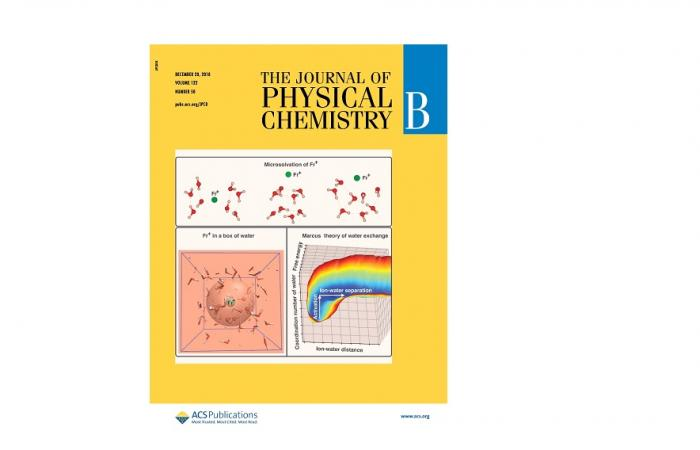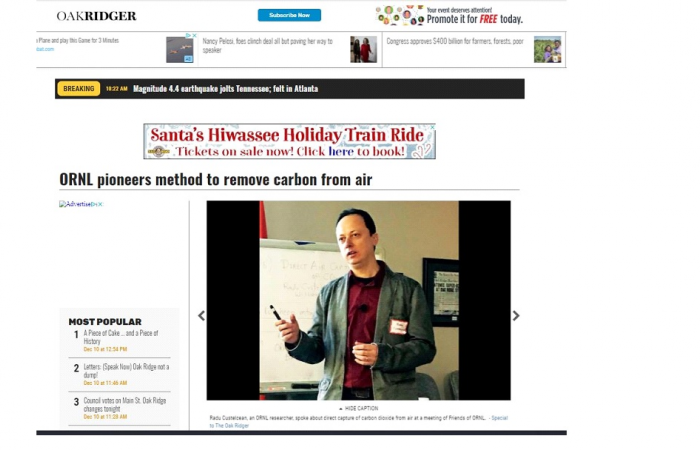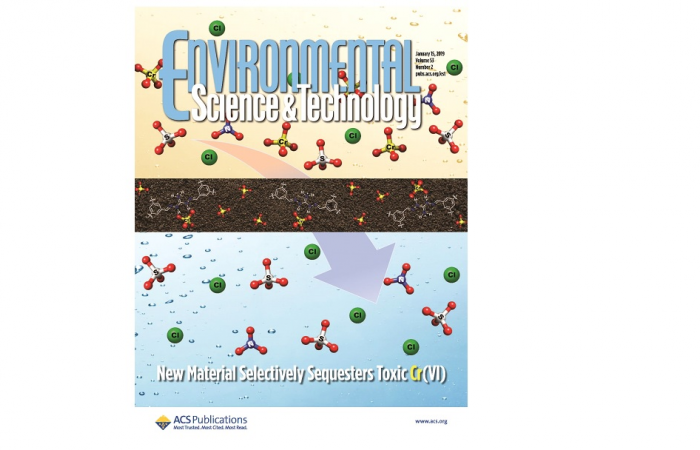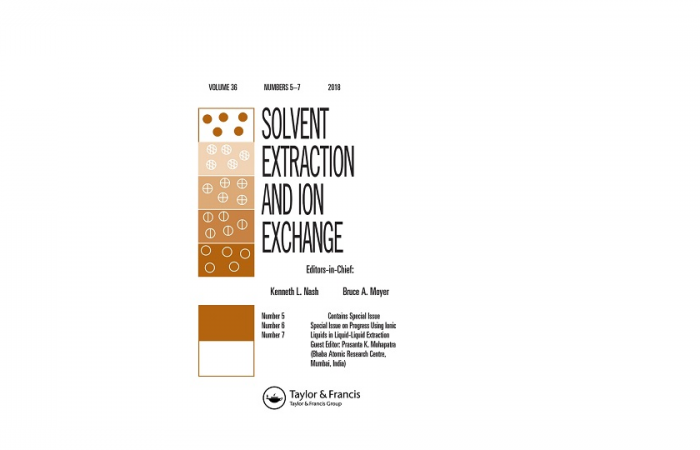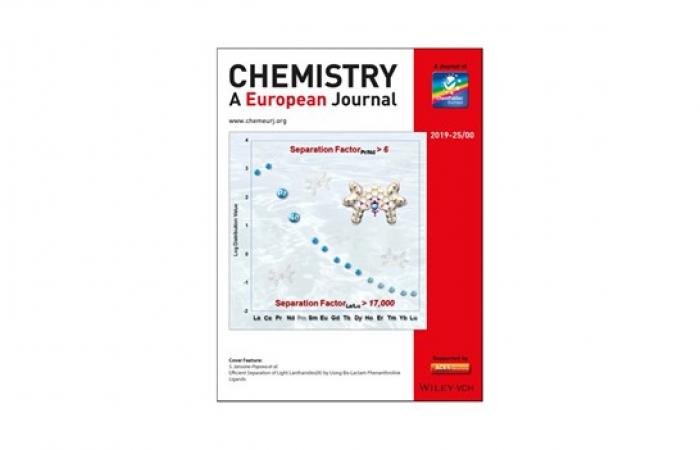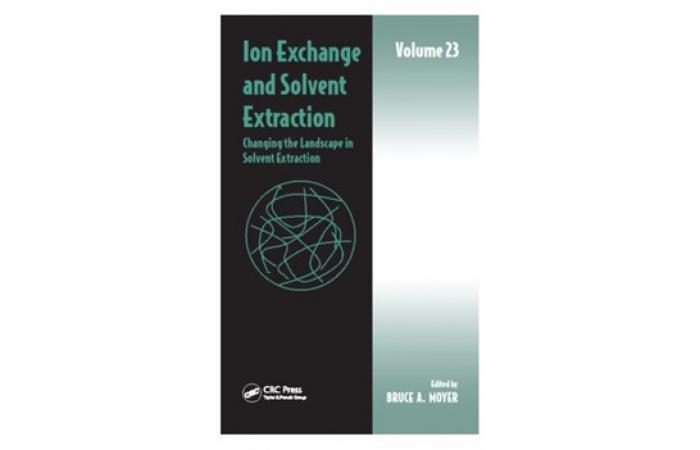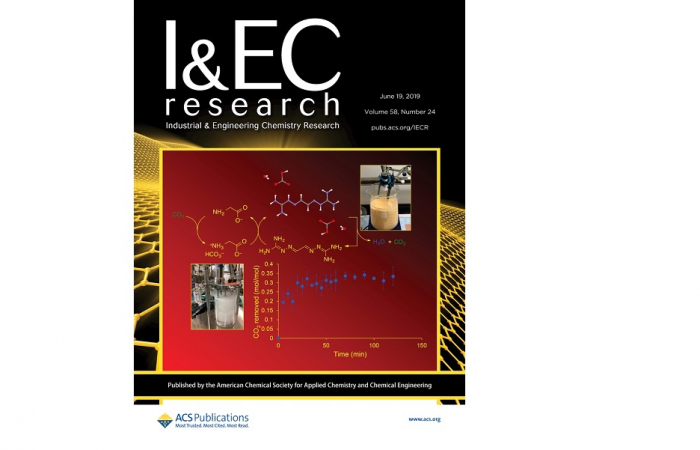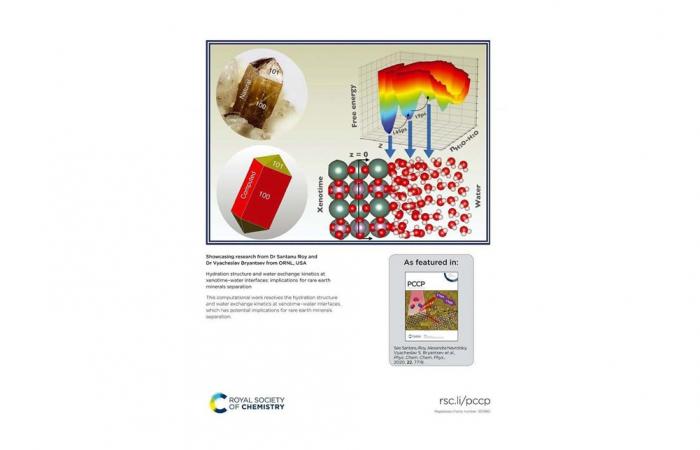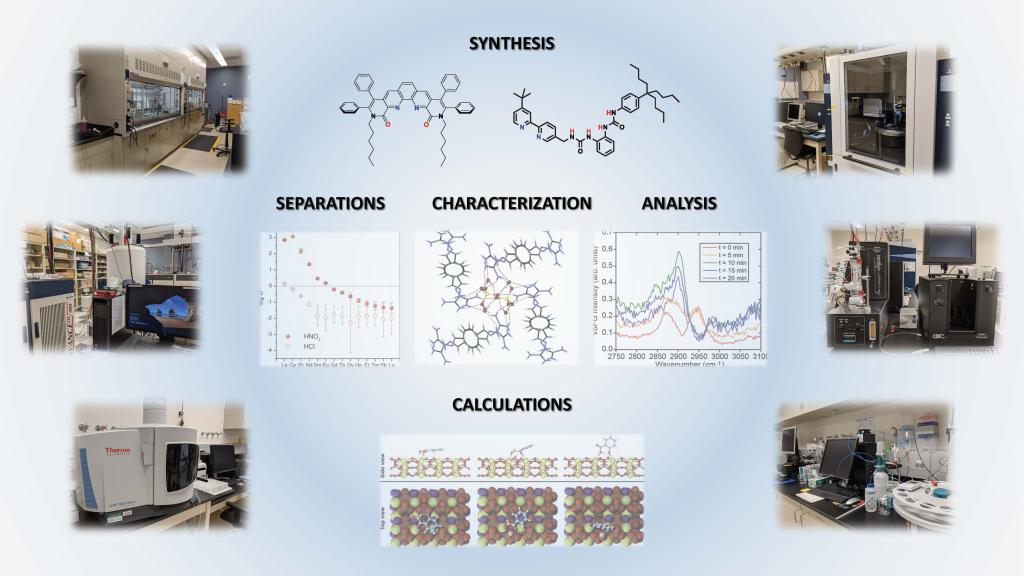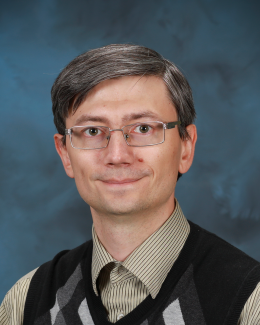The Chemical Separations Group (CSG) consists of a multidisciplinary team of scientists focusing on a range of problems in chemical separations from fundamental questions to development of technologies for energy-related applications. The team includes specialists in theory and computations, organic synthesis, separations, thermodynamics, spectroscopy, X-ray and neutron scattering, and materials characterization.
Fundamental research questions deal with the principles of design of highly selective receptors for the recognition of ions from aqueous solutions. Such receptors are tailored for efficient and selective crystallization, solvent extraction, ion exchange, and membrane transport. Applied efforts focus on optimizing promising receptors to perform practical separations for such applications as CO2 capture, recovery and recycle of critical materials, recycle of used nuclear fuel, desalination, waste treatment, and clean-up of environmental contamination.
Direct CO2 capture from air is currently our biggest news, featuring a novel crystallization chemistry. Other notable accomplishments recently include novel extractants for intra-lanthanide separation with unprecedented selectivity, new rigidified mixed-donor chelating ligands for selective trivalent actinide extraction, the design of self-assembling receptors for transition metal salt binding, selective crystallization of sulfate salts by hydrogen-bonding capsules, and guanidinium-based crystallization and solvent-extraction agents for tetraoxoanions.
Our signature success story is the development of the Caustic Side Solvent Extraction chemistry now implemented at the Savannah River site for removal of the radioactive fission-product contaminant Cs-137 from millions of gallons of legacy high-level tank waste left over from the Cold War.
Our work is primarily funded by the Department of Energy, Offices of Basic Energy Sciences and the Office of Energy Efficiency and Renewable Energy’s Critical Materials Institute. Important funding also comes from DOE’s Offices of Nuclear Energy and Environmental Management.



